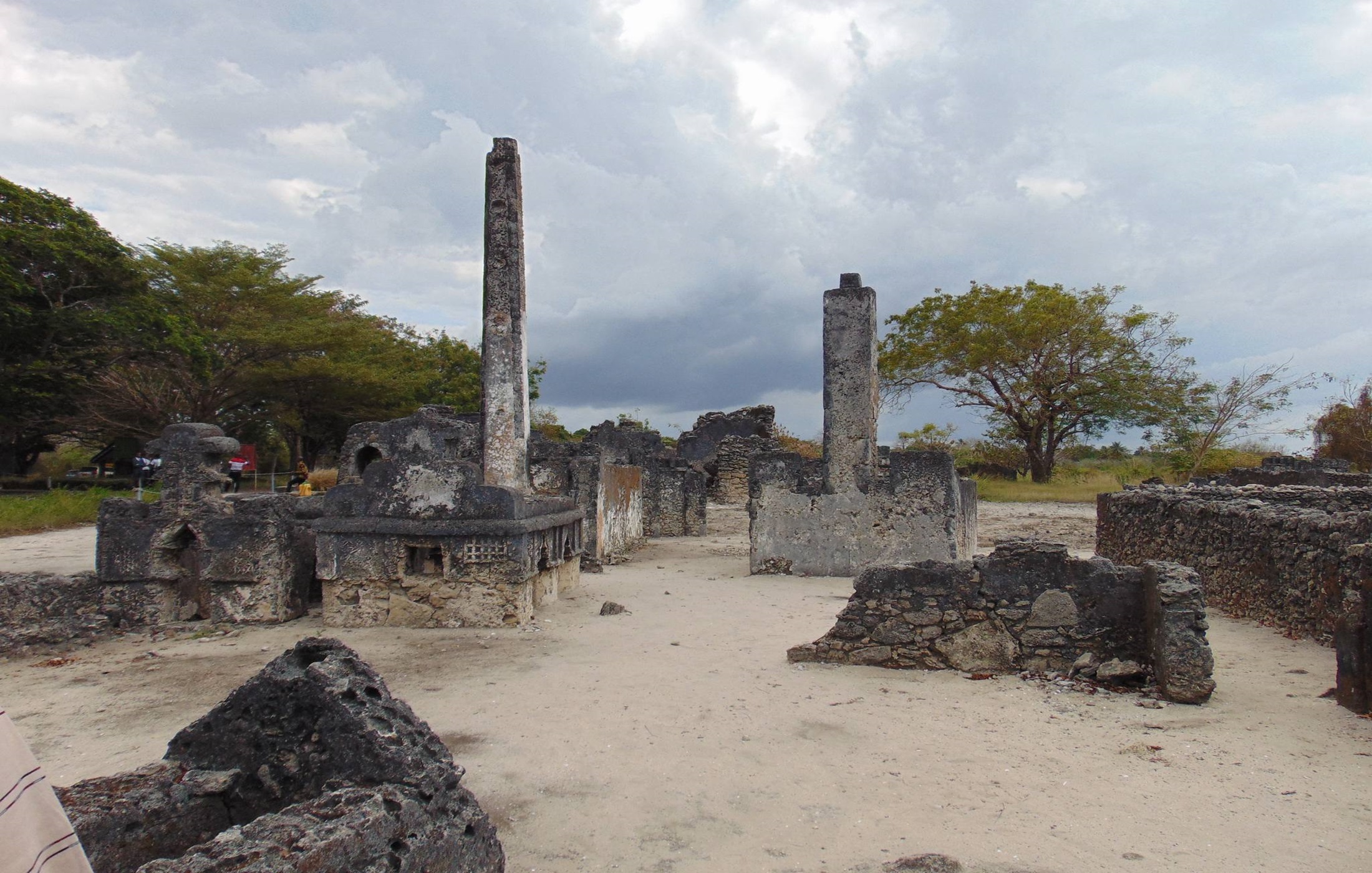
Wandering the narrow, unpaved streets of Bagamoyo feels like stepping into the pages of a 19th-century travel journal. This tranquil coastal town, once a bustling port and crossroads of cultures, now invites visitors to slow down and explore its quiet charm, rich heritage, and serene shores.
A Tapestry of Cultures
Bagamoyo is a cultural mosaic, home to the Wakwere, Wazaramo, Wazigua, and communities of Arab descent. These diverse traditions blend harmoniously, creating a warm, welcoming atmosphere where the rhythm of daily life is gentle and full of quiet grace.
Craftsmanship and Coastal Trade
Famous for the traditional dhow boats crafted by local artisans, Bagamoyo carries on its legacy as a hub of maritime craftsmanship. Watching the construction of these elegant wooden vessels along the beach is like witnessing history in motion.
Seaside Serenity
Bagamoyo’s unspoiled beaches stretch along a vibrant coastline dotted with mangroves and rich in birdlife. The calm, shallow waters are perfect for a peaceful day by the sea—whether you're strolling the shore, birdwatching, or simply soaking in the coastal breeze.
Island Escapes and Underwater Wonders
Just offshore lies Lazy Lagoon Island, a hidden gem that offers a unique snorkeling experience. Its clear waters and coral habitats make for a serene, unforgettable marine adventure just a short boat ride away.
Living History and Coastal Charm
Founded in the late 18th century, Bagamoyo was once one of East Africa’s most important trading ports. Today, it’s celebrated not only for its layered history but also for its vibrant art scene and enduring architectural beauty.
Step into the Past: A City Tour to Remember
Take a guided walk through Bagamoyo’s historic heart and admire well-preserved Arabic and colonial-era architecture—characterized by thick coral stone walls, hand-carved hardwood doors, and shaded courtyards.
Notable stops include:
The Caravanserai, once a bustling inn and storage depot for porters and traders during the ivory trade era.
Merchant houses, old mosques, churches, and colonial buildings such as the German Boma, Old Post Office, and the Hanging Tower.
Lively markets, like the vibrant fish market and local art stalls, where you can connect with the town’s creative spirit.
Must-See Sites (Entry Fees Apply)
Kaole Ruins and Museum: Home to 13th–16th century mosques and tombs of Diwanis, ancient local rulers.
Old Stone Town: With its colonial German architecture, forts, cemeteries, and government buildings.
Former Slave Port: Visit the German Customs House, Old German School, and remnants of the slave market.
Caravan Serai Museum: Telling the stories of Bagamoyo’s trade history.
Bagamoyo Catholic Museum: Featuring personal items of Dr. David Livingstone and historical religious artifacts.
Craftsmanship by the Sea
A stroll along the beach offers more than just ocean views—here you can watch artisans at work, shaping traditional dhow sailboats with skill passed down through generations.
A Sea Route to Zanzibar
Feeling adventurous? Take an early morning taxi boat from Bagamoyo beach to Stone Town, Zanzibar—a scenic two-hour journey across the Indian Ocean. (Return trips are available, weather permitting. Note: no restrooms on board.)
Wildlife & Nearby Escapes
While Bagamoyo itself is home mostly to birds and domestic animals, the nearby coast and ocean offer rich snorkeling and diving opportunities. For a deeper nature experience, a trip to Saadani National Park, where the bush meets the beach, is well worth the detour